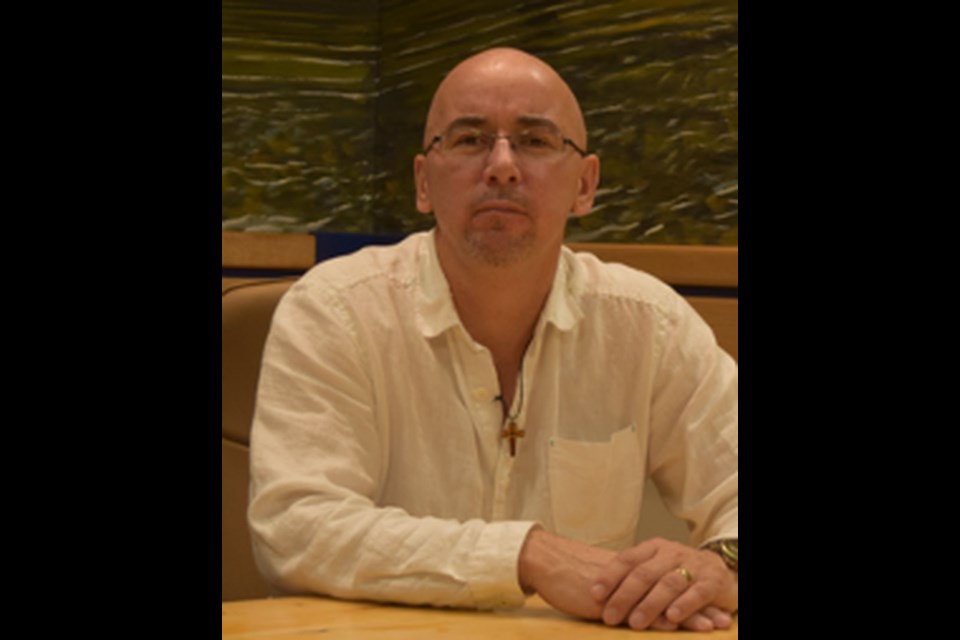SASKATOON — The complexity of modern scientific terminology and the Cree language are sometimes at odds, but Vince Natomagan aims to find bridges of understanding between those two worlds.
“I have to think Cree while talking in English,” said Natomagan, from Pinehouse First Nation and founder of Gray Jay Consulting.
“I want to provide a service for more culturally appropriate communication so the two groups understand each other, and mistrust can be alleviated,” he said.
Natomagan, who has a background in media, broadcasting, and as a radiation technician, is launching a consulting business, Gary Jay Consulting, to capitalize on the province’s plan to implement nuclear power from small modular reactors (SMRs).
With the ability to produce reliable power with zero greenhouse gas (GHG) emissions, SMRs can supply clean power to meet increasing electricity needs. But Natomagan said due to jokes on television shows like The Simpsons and catastrophic events like the Chornobyl disaster in 1986, there are often misconceptions about nuclear power.
“There’s a sense of fear that propagates itself if you don’t know the information,” he said.
“The province of Saskatchewan leaves something to be desired when it comes to effective duty-to-consult processes. With this introduction to SMRs and the complexity of nuclear terms, good luck to the province to carry out effective education and promotion of the new nuclear industry.”
While the Cree language is a pre-industrial language, said Natomagan, technology and the English language have continued to evolve, so the trick is finding a way to bring understanding to terms there is no Cree equivalent for words like nuclear reactor, proton, fission, or radiation.
The way to resolve the issue is by using a concept called ‘dynamic equivalence’, which basically empowers a translator to read between the words and re-create them in a way that enables the audience to better understand them.
“Something like ‘DNA’, for example. In the Cree worldview, you know nothing about DNA. So I have to come up with ‘dynamic equivalence’, using Cree language and cultural examples of what DNA is so it makes sense.”
Natomagan gives the example of translating ‘DNA’ by using the Cree term ‘miko-lekile’, which means ‘blood key’, explaining that a key is a unique item that opens one door. This allows Cree speakers to visualize the concept of the unique properties of DNA.
Likewise, when explaining about a uranium atom, Natomagan uses the term ‘pik-wasiyo-achakos’, or ‘dust star’, as the human eye cannot see an atom but we can see the plants in our galaxy, which are also made of atoms. Natomagan explains that uranium atoms, or fission inside a nuclear reactor, start to bump into each other like people attending a music concert, creating excitement and heat, which ultimately create electricity, he said.
“We have to give the human mind credit where credit is due. Just because you have a grade-five education doesn’t mean you can’t understand these concepts. So I want to simplify nuclear industry language into its simplest forms.”
In 2018, Natural Resources Canada released an SMR Roadmap plan, which contained over 50 recommendations, including the need for ongoing engagement with Indigenous communities. And with the Saskatchewan government recently approving the biggest uranium project in Canada, Natomagan believes he will provide an essential service.
“Not only do we have different worldviews, we have different languages,” he said. “I feel I could facilitate a deeper level of engagement and communication between corporations, governments, and the Indigenous communities.”




